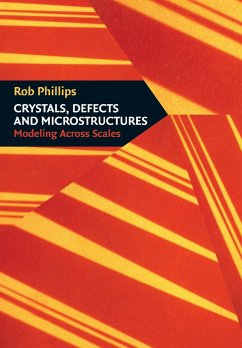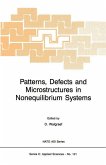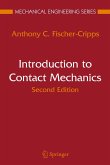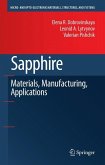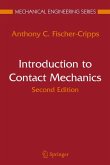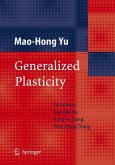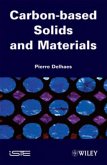Materials science has emerged as one of the central pillars of the modern physical sciences and engineering, and is now even beginning to claim a role in the biological sciences. A central tenet in the analysis of materials is the structure-property paradigm, which proposes a direct connection between the geometric structures within a material and its properties. The increasing power of high-speed computation has had a major impact on theoretical materials science and has permitted the systematic examination of this connection between structure and properties. In this graduate textbook, Rob Phillips examines the various methods that have been used in the study of crystals, defects and microstructures and that have made such computations possible. A second key theme is the presentation of recent efforts that have been developed to treat problems involving either multiple spatial or temporal scales simultaneously.
Hinweis: Dieser Artikel kann nur an eine deutsche Lieferadresse ausgeliefert werden.
Hinweis: Dieser Artikel kann nur an eine deutsche Lieferadresse ausgeliefert werden.
'It covers an extremely wide range of topics including good case studies of new systems such as nanotubes. It succeeds in convening modelling ideas from both a physics and materials science point of view. ... This book's distinct feature, which makes it attractive as a general reference book, is the inclusion of a lot of the author's personal opinions, and makes it stand out from most classroom or course textbooks. To support this, the style of writing is informal, easy to read, and sometimes fun.' Dr Wei Sha, Materials World

